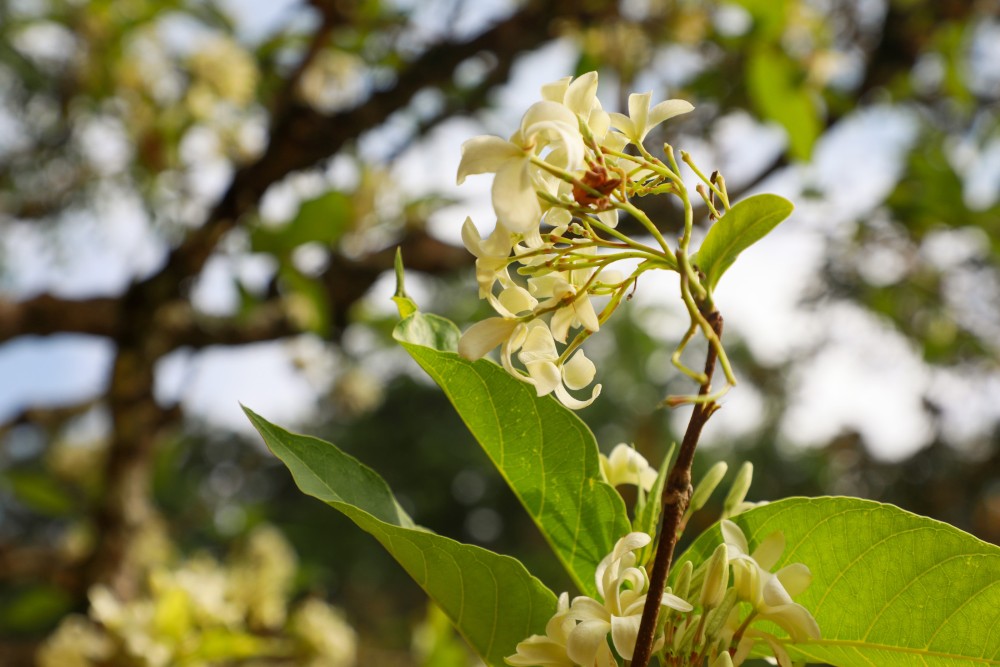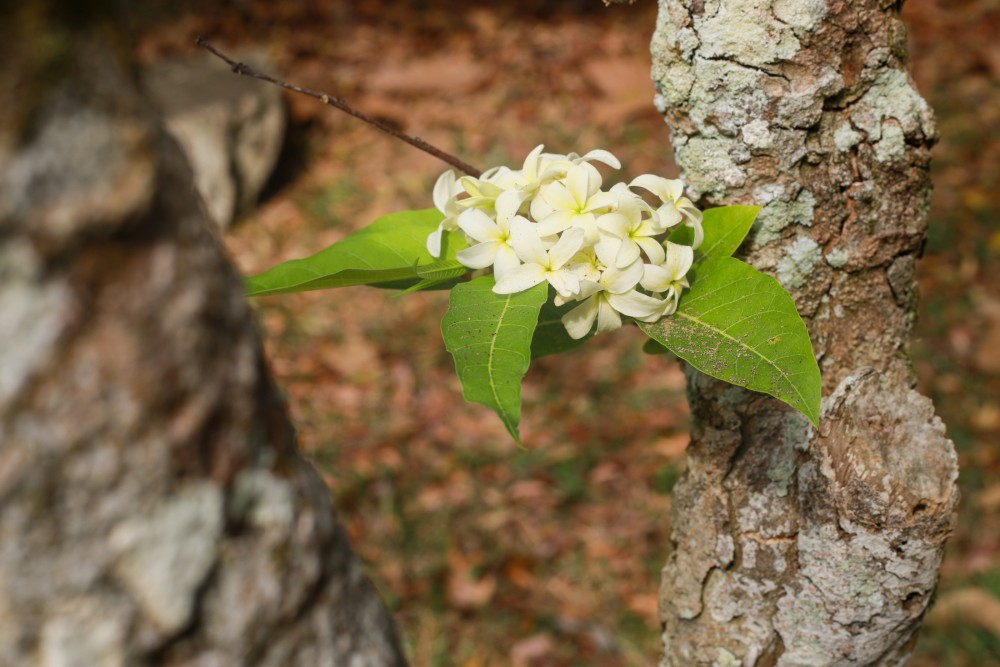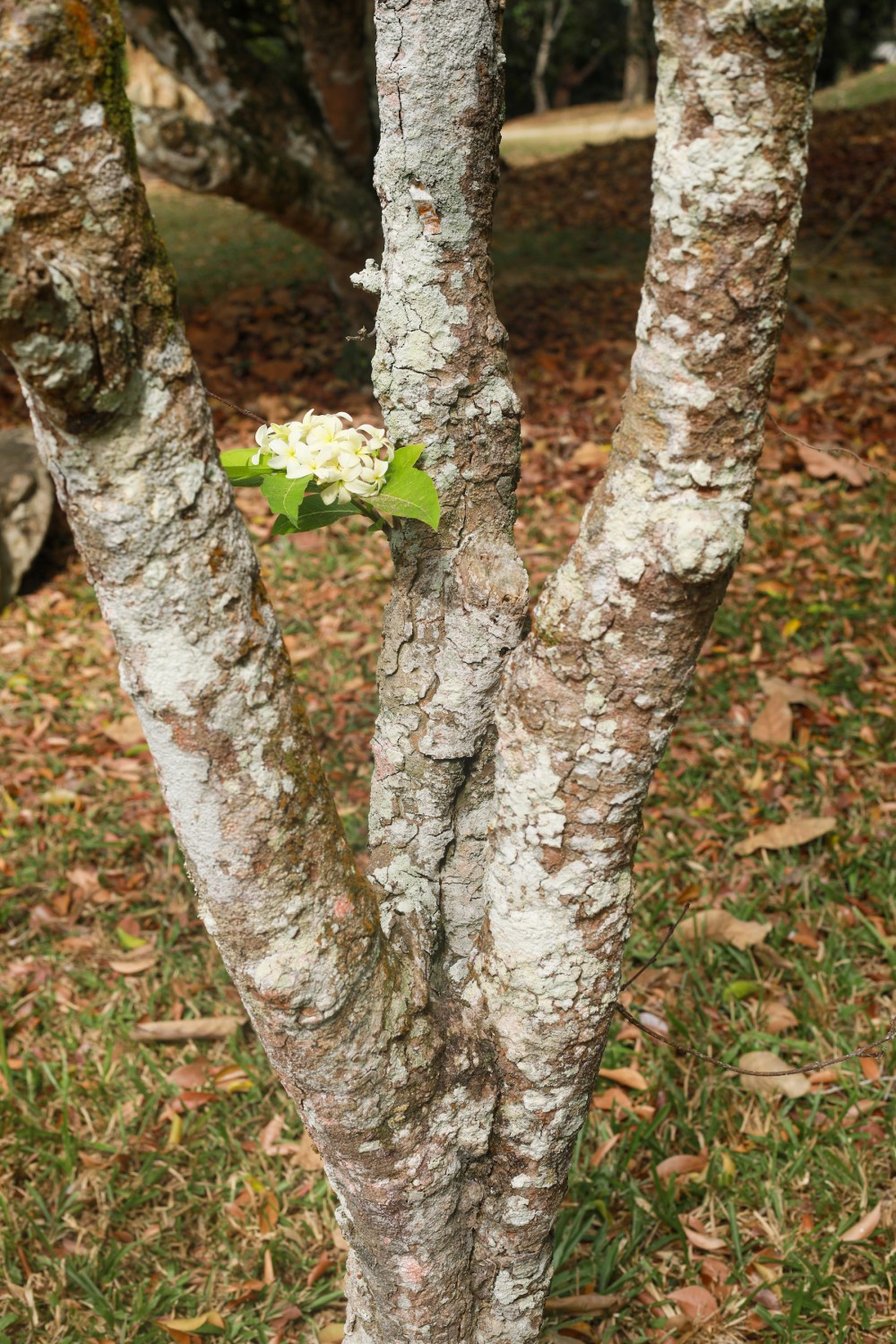No Data Found
Holarrhena pubescens
Bitter Oleander, Easter Tree, Jasmine Tree
![]() Intermediate Sensitivity
Intermediate Sensitivity
| Species Name | Holarrhena pubescens |
|---|---|
| Common Name | Bitter Oleander, Easter Tree, Jasmine Tree |
| Family | Apocynaceae |
| Genus | Holarrhena |
| Taxonomic Synonyms/Past Names | |
| Taxonomic Notes |
Agree with the details?
Login to Vote Now
Species Information
- Evergreen shrub to small tree up to 15 m tall. Leaves opposite. Flowers in clusters, white, 1-2 cm long, very fragrant. Fruits paired follicles, pendulous, 18-43 cm long.
- Native to subcontinental India to Indochina and South China
- An understory plant of deciduous forests. Also found in montane forests.
- Elevations between 500-1000 m
No Data Found
No Data Found
No Data Found
- Growth is rapid, the mean annual diameter increment is 7-8 mm. [1]
No Data Found
No Data Found
No Data Found
No Data Found
No Data Found
No Data Found
No Data Found
No Data Found
No Data Found
- Produces latex [1]
No Data Found
No Data Found
No Data Found
No Data Found
- Its fruits are a pair of follicles about 1.5 in. long. [1]
No Data Found
No Data Found
No Data Found
No Data Found
- It is an important medicinal plant in the tropics [1]
No Data Found
No Data Found
No Data Found
No Data Found
No Data Found
No Data Found
No Data Found
No Data Found
No Data Found
No Data Found
No Data Found
No Data Found
No Data Found
No Data Found
No Data Found
No Data Found
No Data Found
No Data Found
No Data Found
No Data Found
No Data Found
No Data Found
No Data Found
No Data Found
- Grows in various habitats ranging from savannahs to areas near high-elevation watercourses. [1]
No Data Found
No Data Found
No Data Found
No Data Found
No Data Found
No Data Found
- It can survive bushfires by producing sucker shoots from the burnt stumps. [1]
No Data Found
No Data Found
No Data Found
No Data Found
No Data Found
No Data Found
No Data Found
- Occurs in areas subject to seasonal flooding. [1]
No Data Found
No Data Found
No Data Found
No Data Found
- Established trees are drought tolerant. [1]
No Data Found
No Data Found
No Data Found
No Data Found
No Data Found
No Data Found
No Data Found
No Data Found
No Data Found
No Data Found
No Data Found
No Data Found
No Data Found
No Data Found
- The moth Glyphodes laticostalis is a major pest of this species in India, but there are no records of it in Singapore. [1]
-
Insufficient Data
No Data Found
No Data Found
No Data Found
No Data Found
No Data Found
No Data Found
No Data Found
No Data Found
No Data Found
- Has medicinal properties and is used to make products such as henna dye and mordant. The seed floss is stuffing for pillows. [1]
Contributors: anonymous
Last Updated: 2023-03-15





No comments